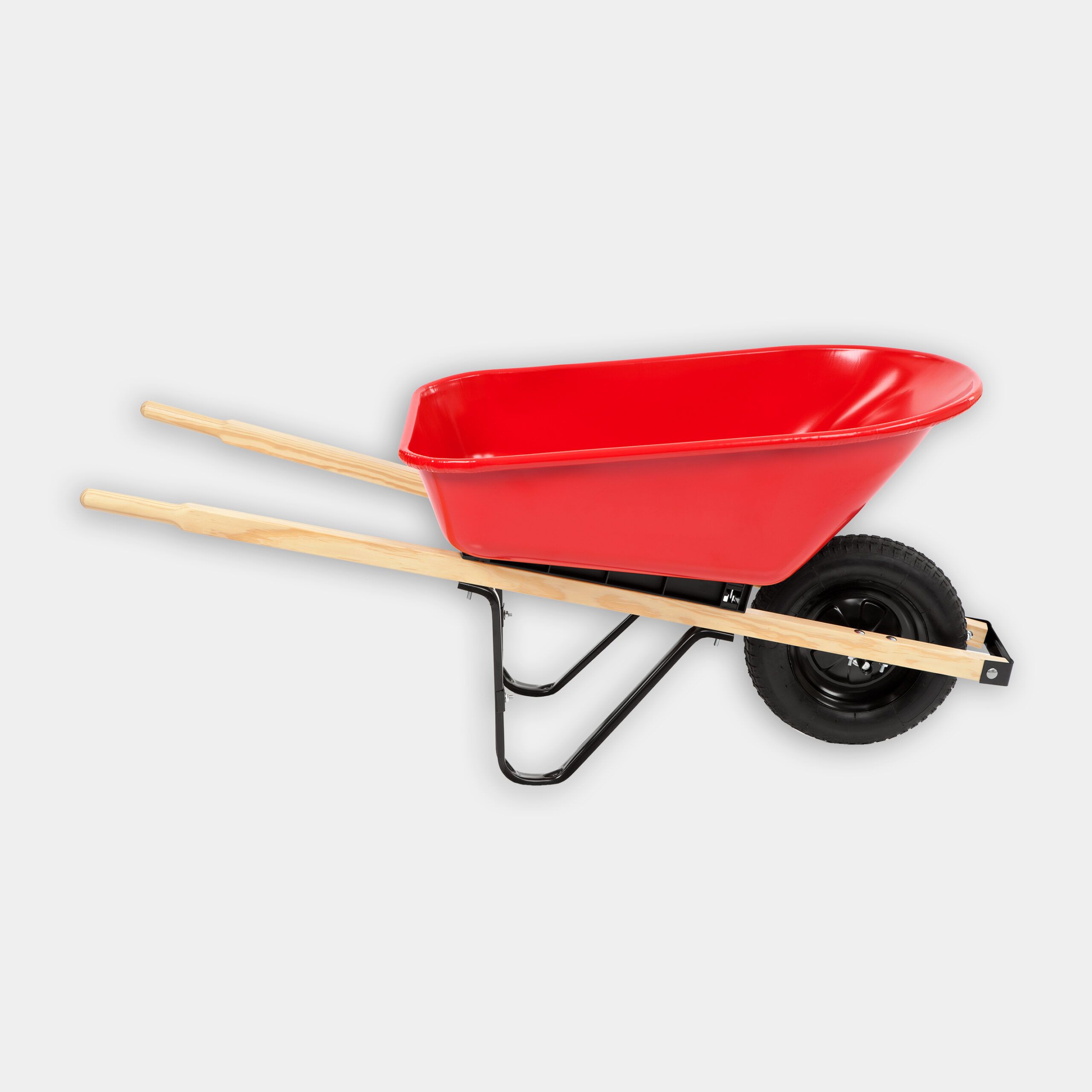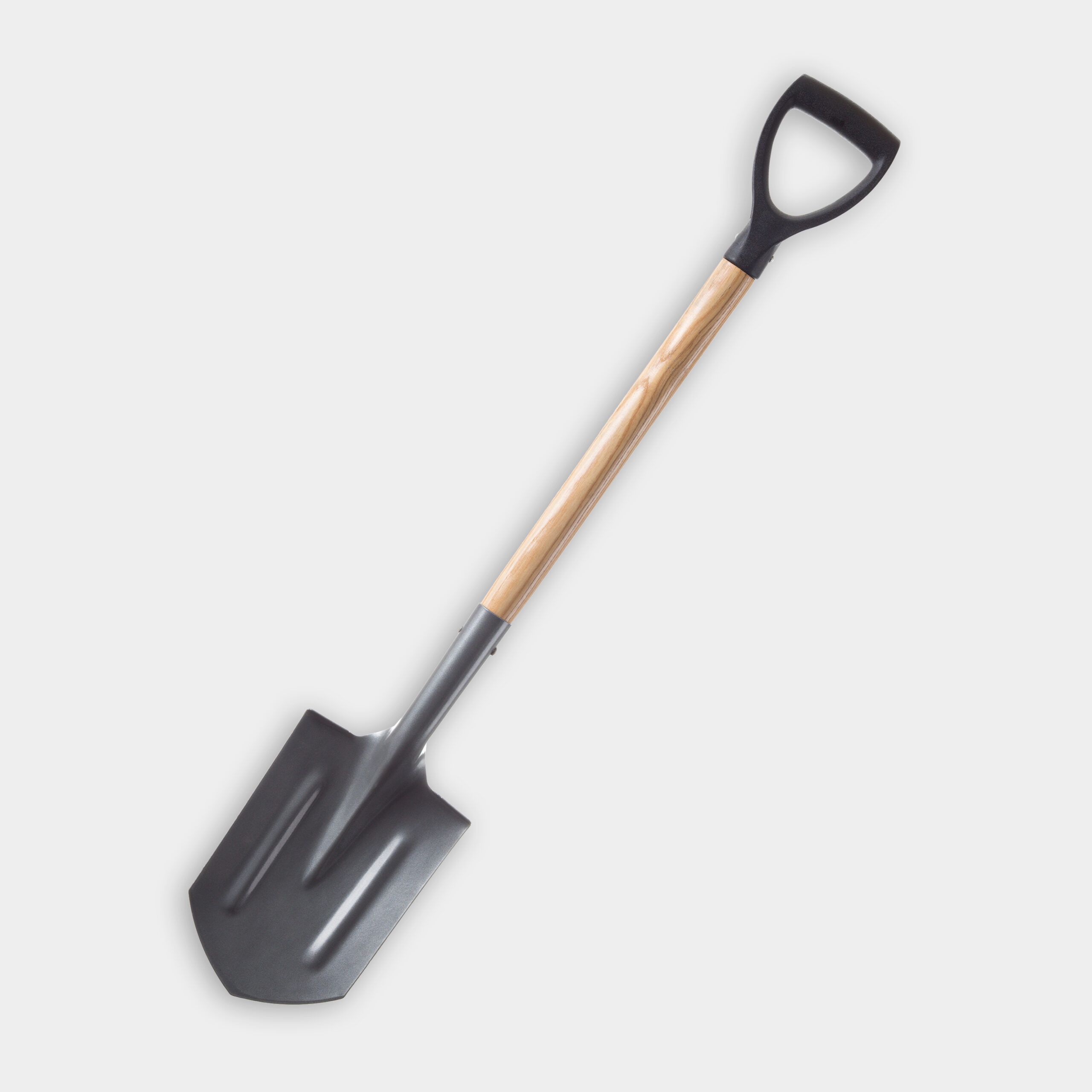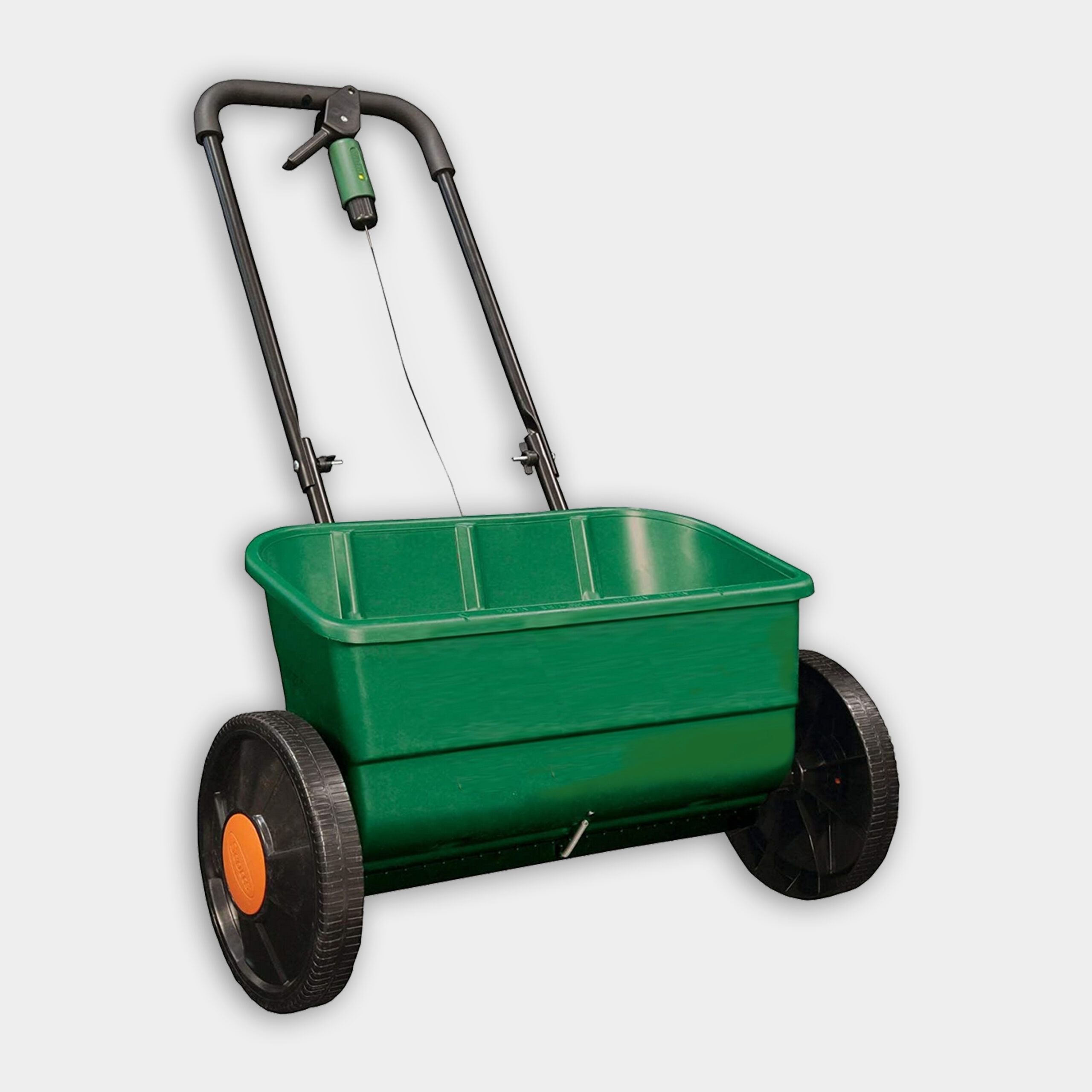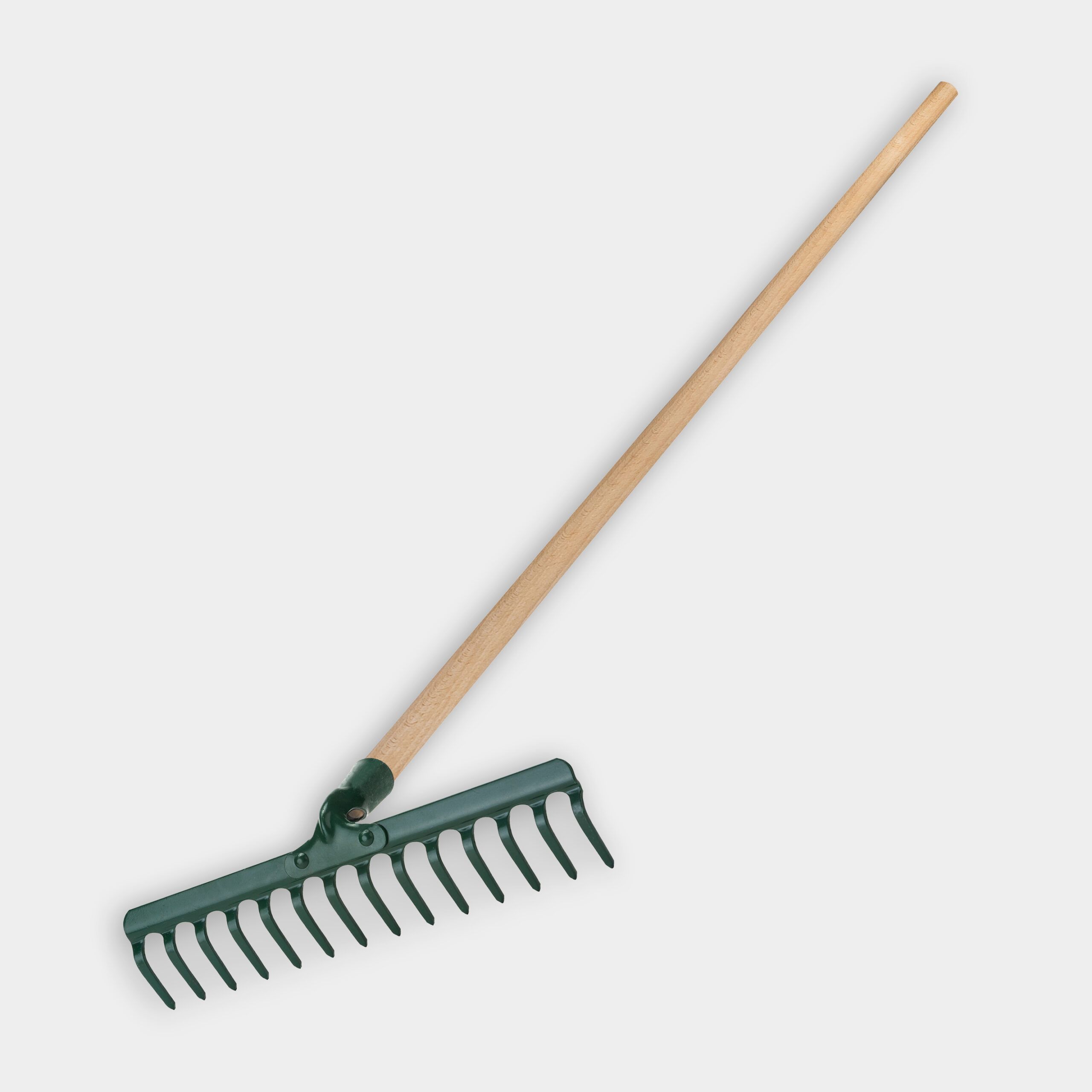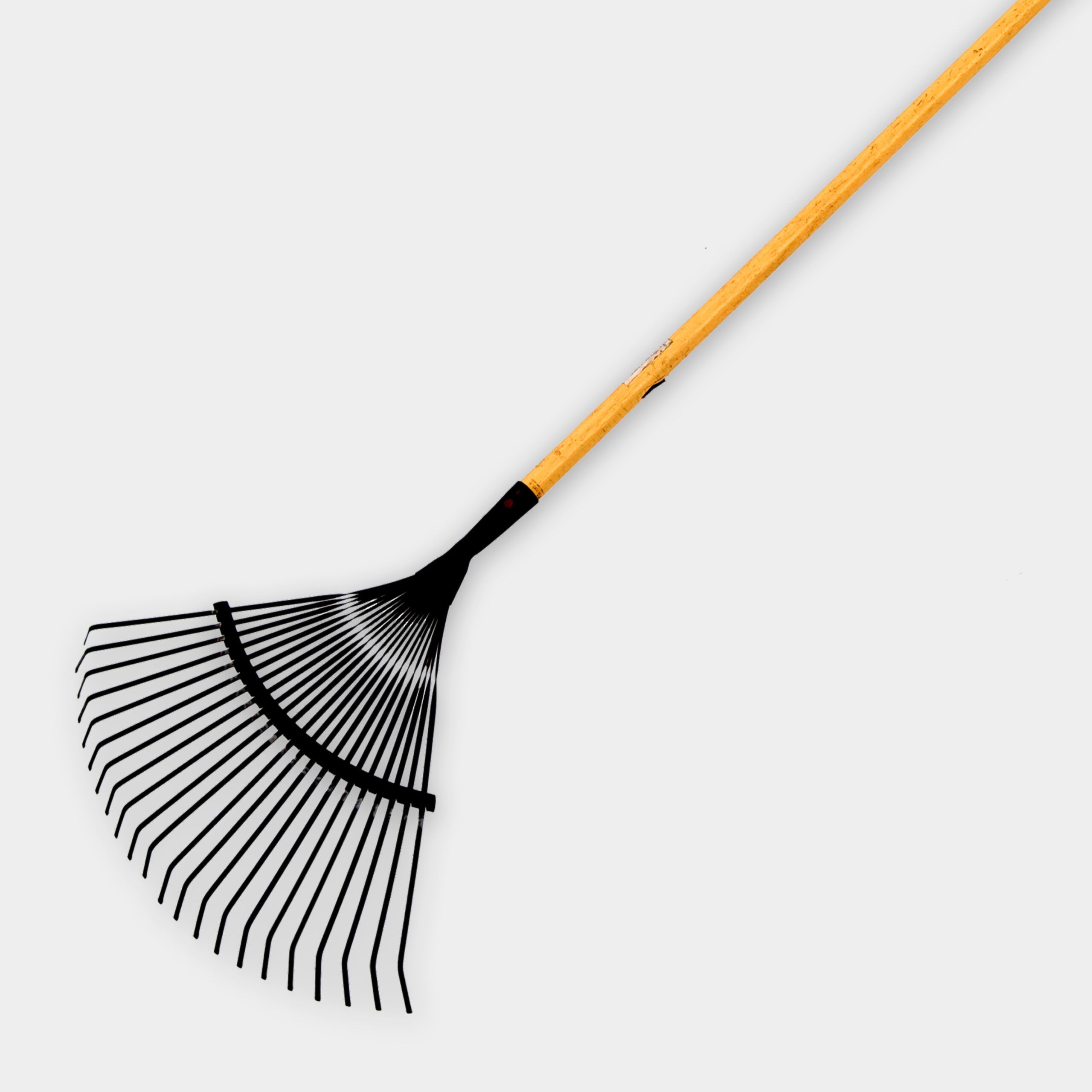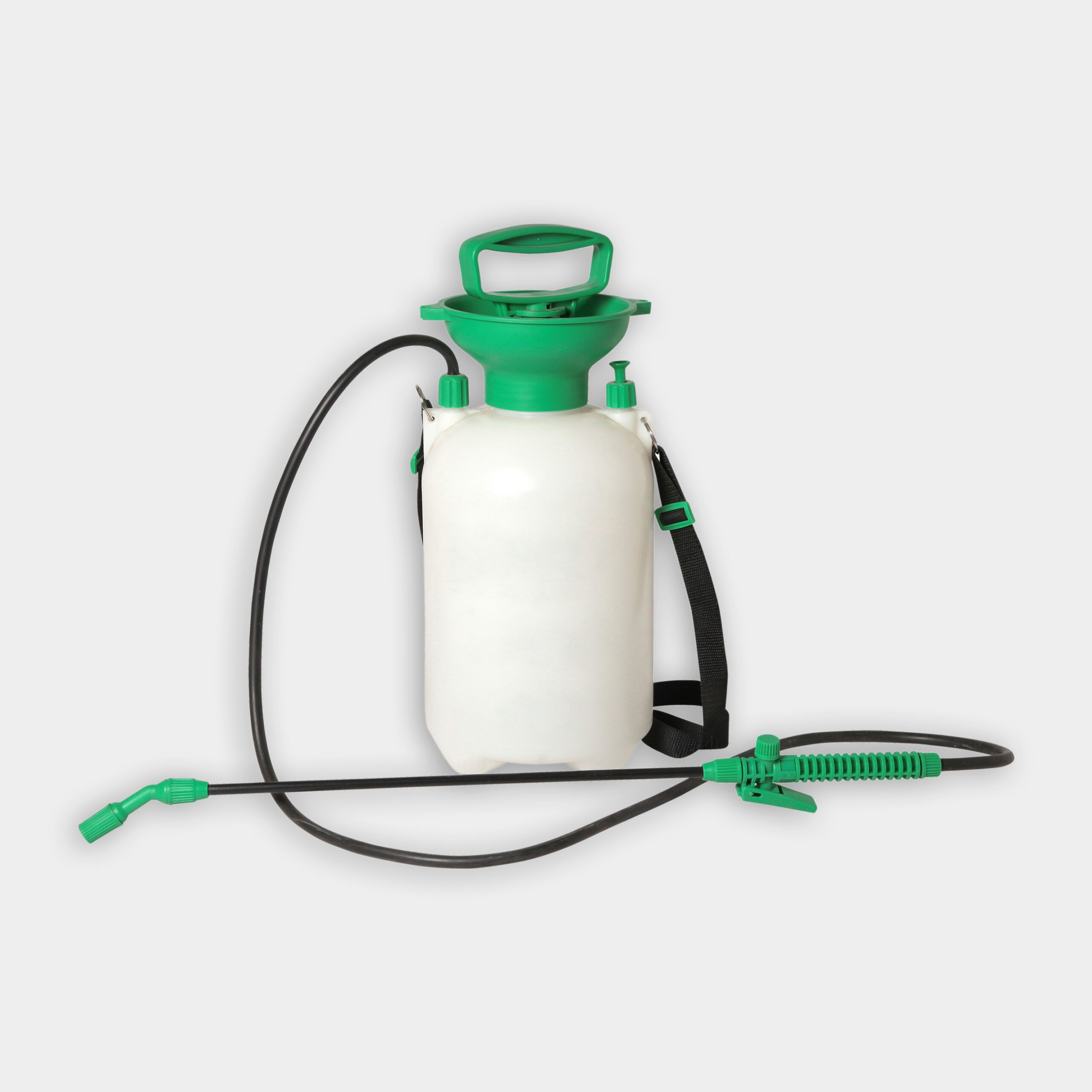Crabgrass can quickly become a nuisance in any lawn, spreading rapidly and overtaking the good kind of grass you’re trying to grow.
Thriving in sunny, bare spots, this annual weed is tough to eliminate once it takes root. However, you can remove crabgrass and prevent its return with the right strategies. In the above video, This Old House landscape contractor Roger Cook shares expert advice on tackling crabgrass infestations and restoring a healthy lawn. Our guide also includes tips for long-term maintenance and preventing future infestation.
What Is Crabgrass?
Crabgrass germinates annually in spring, grows throughout summer, and dies with the first frost. Its ability to produce thousands of seeds per plant makes it a persistent issue in many lawns.
The weed has several distinctive features that differentiate it from desirable lawn grasses. One of the most noticeable characteristics is its light green color, often lighter than the surrounding grass, making it stand out. Its coarse, wide leaf blades further distinguish it from finer, more delicate grass varieties.
Crabgrass also has a low-growing habit, with stems that spread horizontally like crab legs, hence its name. Unlike more uniform grasses, crabgrass tends to form clumps or patches, disrupting the smooth appearance of a well-maintained lawn.
Why Crabgrass Thrives
Crabgrass thrives in specific conditions that give it a competitive edge over other grasses. It flourishes in areas with full sun exposure, where the heat and light encourage rapid growth. Compacted soil also provides an ideal environment for crabgrass, limiting the growth of more desirable grass species and allowing crabgrass to dominate. Thin or bare lawn spots are especially susceptible to crabgrass invasion due to lack of competition, allowing it to establish quickly.
Inconsistent watering practices, whether over-watering or under-watering, can also contribute to the spread of crabgrass by creating stress for other grasses while providing conditions in which crabgrass can outcompete them. Additionally, lawns cut too short leave the soil exposed allowing crabgrass to take root and spread rapidly. These conditions, when combined, make crabgrass a resilient and persistent challenge for maintaining a healthy, uniform lawn.
Tools You’ll Need to Remove Crabgrass
Controlling crabgrass requires a few basic yard tools.
Step 1: Removing Existing Crabgrass
The first step in removing crabgrass from your lawn is to remove existing plants from your yard. Below, we have outlined several effective methods for crabgrass removal.
Mowing and Bagging
The first step in removing crabgrass is to mow the affected area:
- Set your lawnmower to its lowest setting.
- Mow the infested area, making sure to use a bag attachment.
- Dispose of the clippings to prevent seed dispersal.
Manual Removal
For more minor infestations or isolated plants, manual removal can be effective:
- Water the lawn to soften the soil.
- Grasp the crabgrass plant at its base.
- Pull firmly to remove the entire plant, including the roots.
- Fill in the bare spot with topsoil and grass seed.
Power Raking
For larger areas, a power rake can be an efficient tool:
- Rent or purchase a power rake.
- Set the depth to cut grooves into the soil.
- Run the power rake over the affected area.
- Remove loosened crabgrass and debris.
Step 2: Preparing the Soil for New Grass
After removing the crabgrass, follow these steps to prepare the soil for new grass growth. This process helps create an environment that favors desirable grass species over weeds.
Add Compost
Compost improves soil structure and provides nutrients for new grass.
- Spread a half-inch layer of compost over the prepared area.
- Use a garden rake to distribute the compost evenly.
- Lightly rake the surface to create a level seedbed.
Apply Starter Fertilizer
A starter fertilizer gives new grass seedlings a boost.
- Choose a fertilizer formulated for new lawns.
- Use a drop spreader to apply the fertilizer evenly.
- Follow the manufacturer’s instructions for application rates.
Step 3: Seeding the Lawn
Proper seeding helps establish a dense, healthy lawn that can outcompete crabgrass.
Select a grass seed mix appropriate for your climate and sun exposure. Use cool-season grasses for northern regions, and warm-season grasses for southern areas of the country. Consider using shade-tolerant varieties for areas with less sun.
Then, follow these steps for effective seeding:
- Use a drop spreader to apply the seed evenly.
- Make two passes in perpendicular directions for thorough coverage.
- Lightly rake the area to ensure seed-to-soil contact.
- Water the seeded area lightly but frequently to keep the soil moist.
Step 4: Preventing Future Crabgrass
A few proactive steps can help reduce the likelihood of future crabgrass infestations.
We recommend that you apply a pre-emergent herbicide in early spring. Choose a product specifically designed for crabgrass prevention. Apply using a drop spreader for even coverage, and then water the lawn thoroughly after application to activate the herbicide.
If crabgrass does appear, pull individual plants by hand when possible. For larger infestations, use a post-emergent herbicide, following label instructions carefully.
Maintaining Your New Lawn
We recommend following the below maintenance tips to keep your lawn healthy and strong:
- Aerate compacted soil to improve drainage and root growth.
- Aim for watering sessions that provide at least one inch of water, ideally in the early morning.
- Fertilize with a balanced, slow-release fertilizer to provide consistent nutrients to your lawn.
- Maintain proper soil pH through regular testing and amendments.
- Overseed thin lawn areas annually to give your lawn an advantage over crabgrass.
- Apply lime to acidic soil and sulfur to alkaline soil to help maintain the optimal pH.
- Sharpen your mower blades regularly to guarantee a clean cut.
- Use organic herbicides, such as nematodes, to target crabgrass without harming your lawn.


